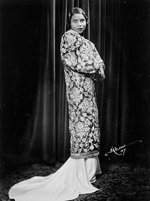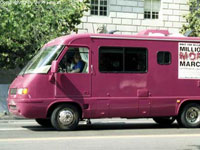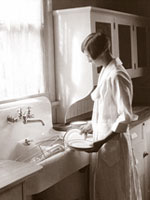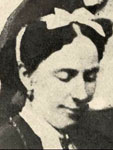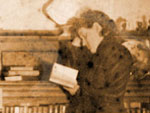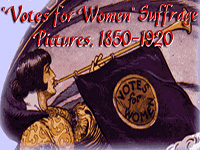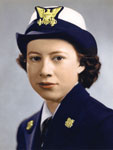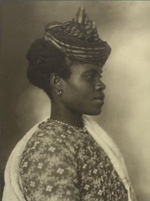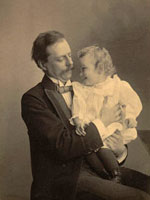Pearl Harbor Attack Map
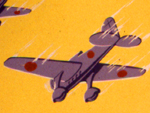
This interactive website on the attack on Pearl Harbor provides a chronological overview of the day's events. Each major event on the day's timeline is shown on a map of Hawaii, giving the events a visual place within the harbor geography and allowing site visitors to see where ships were in relationship to each other.
On the map, each major occurrence can be selected as the "full story." These individual full story pages provide a short textual overview of the event alongside a looping archival image and video slideshow. Clicking progresses through the slideshow for users interested in quickly revisiting an image after it has passed or who simply want to go through the slideshow at a faster pace. Many of the events also offer eyewitness quotes.
One of the most praiseworthy aspects of the site is that these quotes are not all from U.S. sailors and commanders. The voices selected include two women—a nurse and the daughter of a military man—and several Japanese airmen, submariners, and commanders. By providing voices from both sides of the attack, National Geographic avoids dehumanizing the Japanese through the absence of their own stories.
